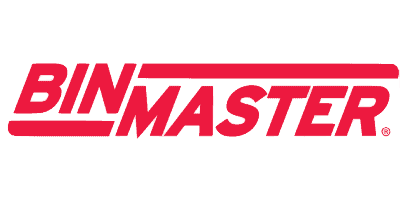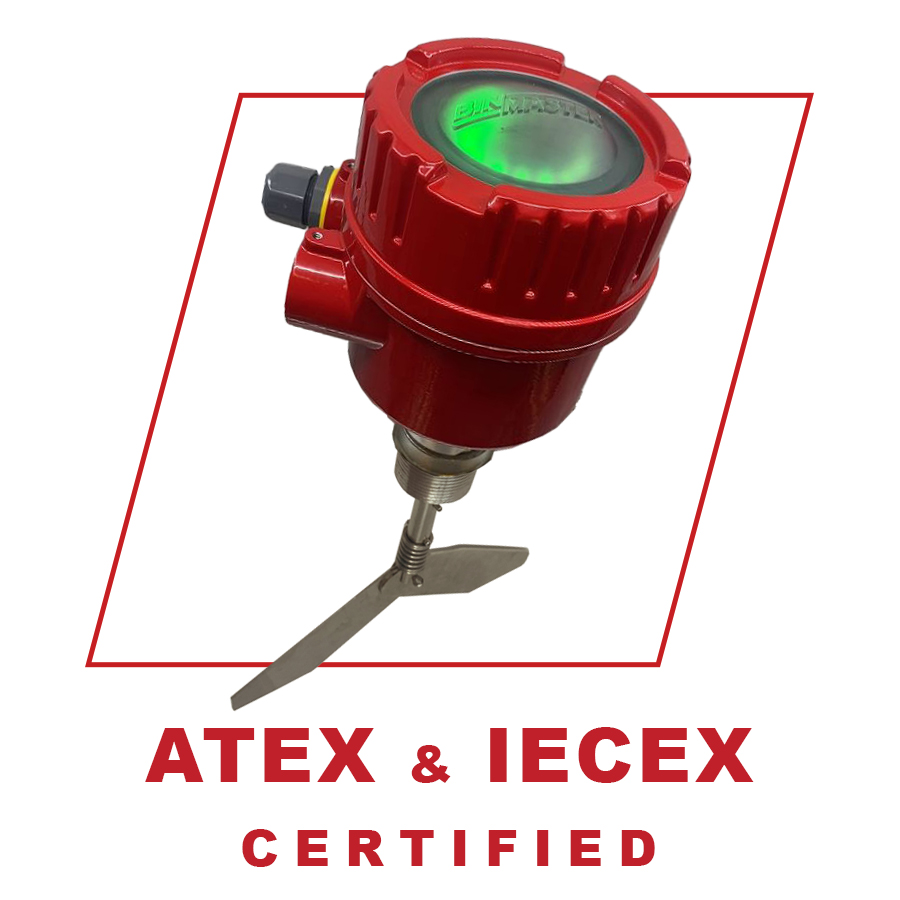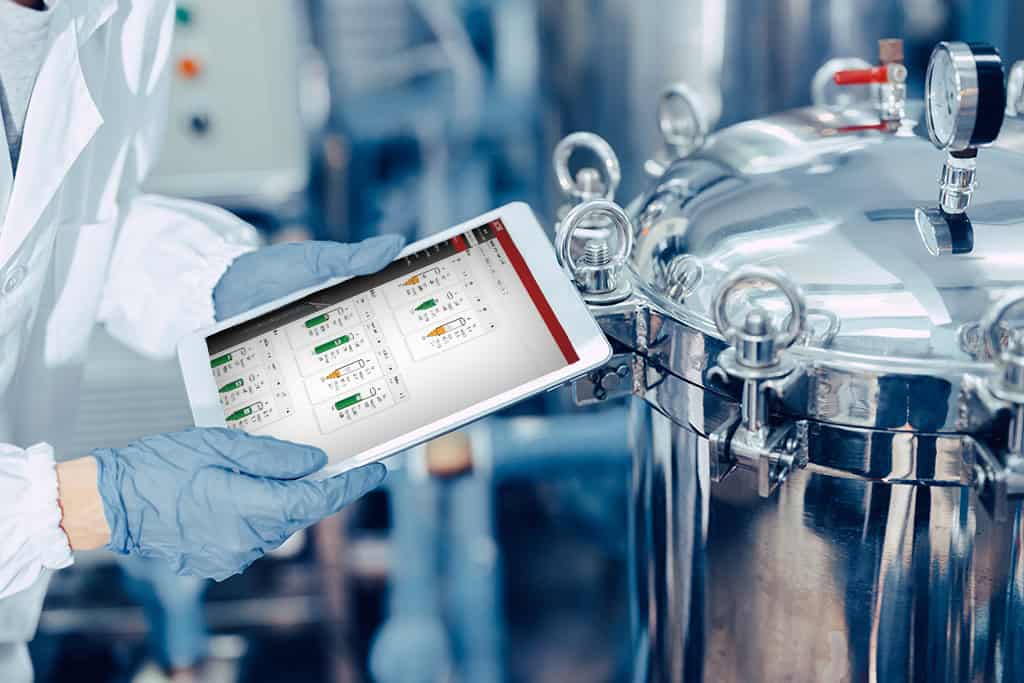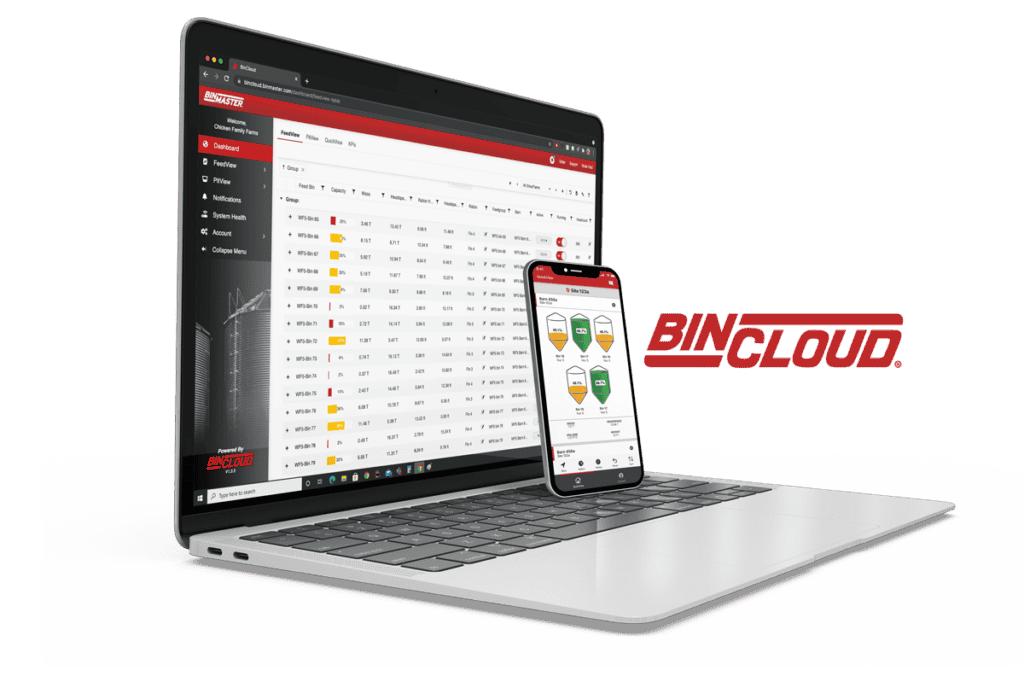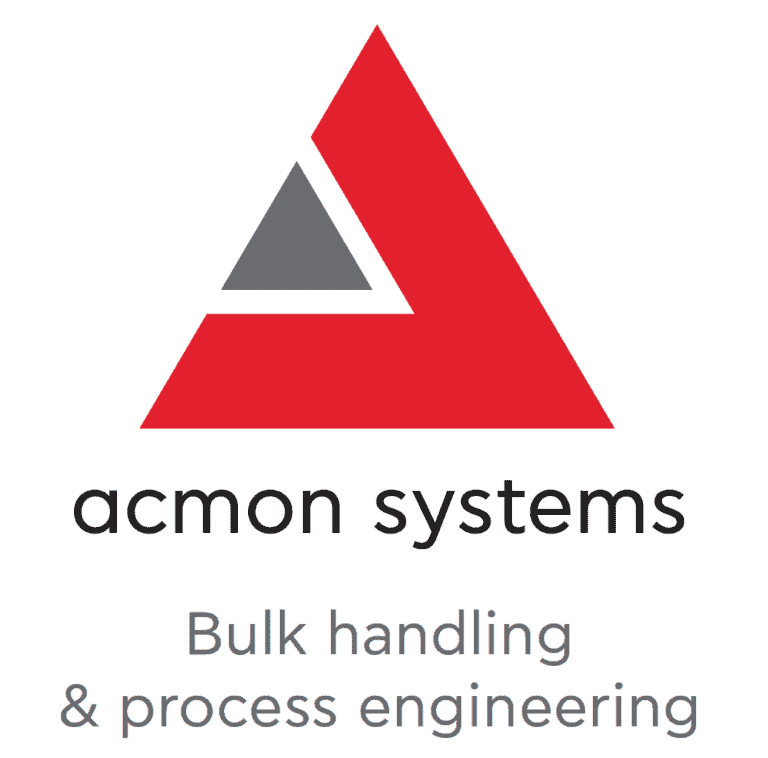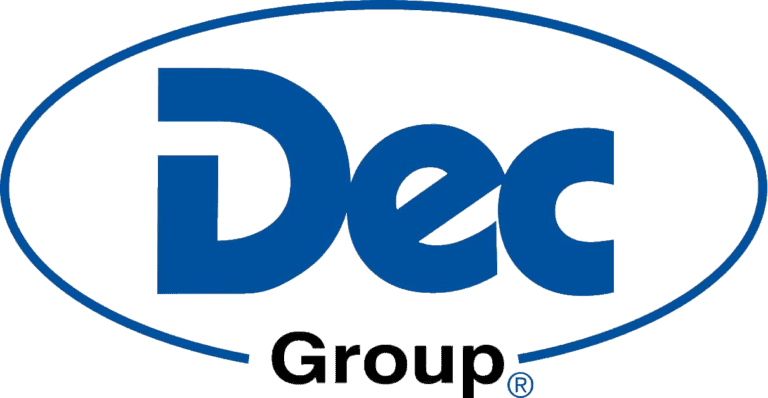Processing operations that struggle with the challenges of inventory management and timely replenishment of all types of solids and powders can monitor silo levels on their smartphone, tablet, or desktop with complete solutions from BinMaster. A complete suite of continuous level sensors, point level indicators, material management, and inventory monitoring devices and software simplifies material management while keeping people safe from the risks of climbing silos.
The Lincoln Nebraska, USA company manufactures sensors and software used for monitoring solid levels in bins, tanks, silos, chutes, and hoppers. Continuous level measurement options include SmartBob cable-based, guided wave radar, laser and 80 GHz non-contact radar, which are all compatible with BinCloud® software.
The unique 3DLevelScanner measures and maps material for volume accuracy and is the only sensor to generate a 3D image of silo contents. Battery-powered, wireless laser level sensors are compatible with the BinCloud® phone app for remote monitoring on a phone.
Point level indicators provide automated level alerts using rotaries, diaphragm switches, capacitance probes, tilt switches, and vibrating rod level sensors. Dust detection devices alert to baghouse leaks and unsafe particulate levels. Flow detection sensors alert to flow or no flow conditions.
Robust, custom systems can be developed for a single site or networked for every bin, tank, and silo across a multi‐national operation. BinMaster is US manufacturer certified to ISO 9001 quality management systems – requirements. For more information about BinMaster, visit www.binmaster.com.




